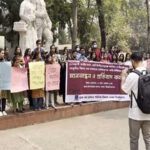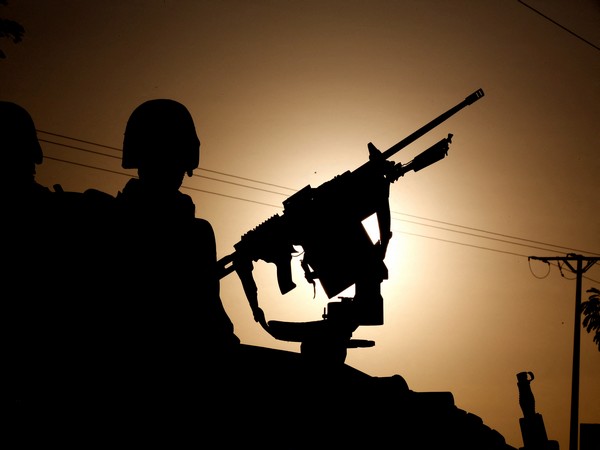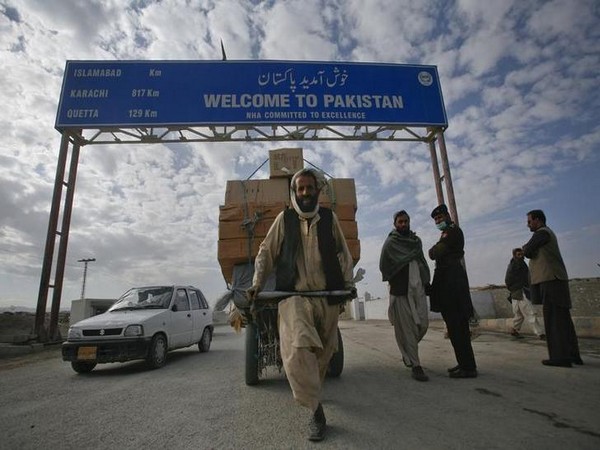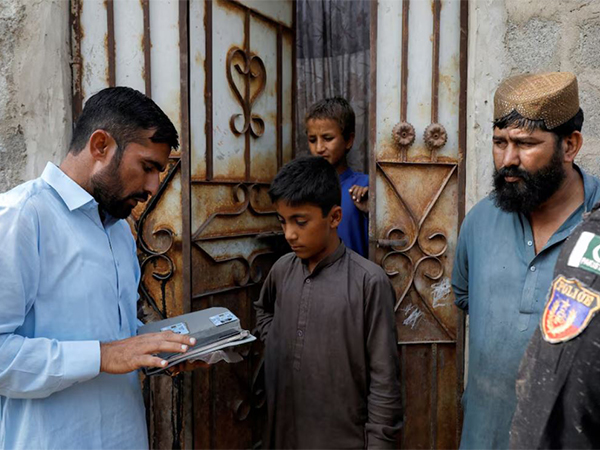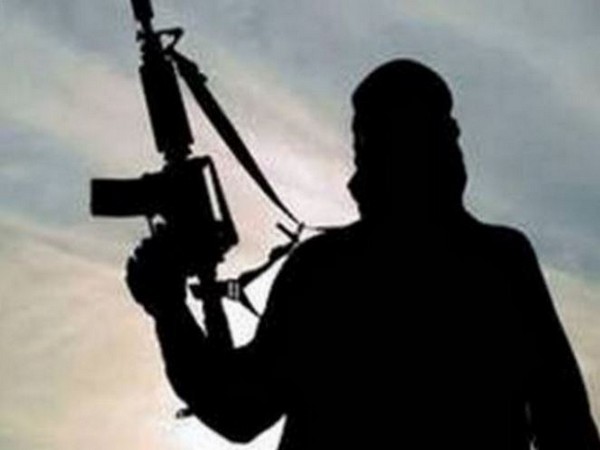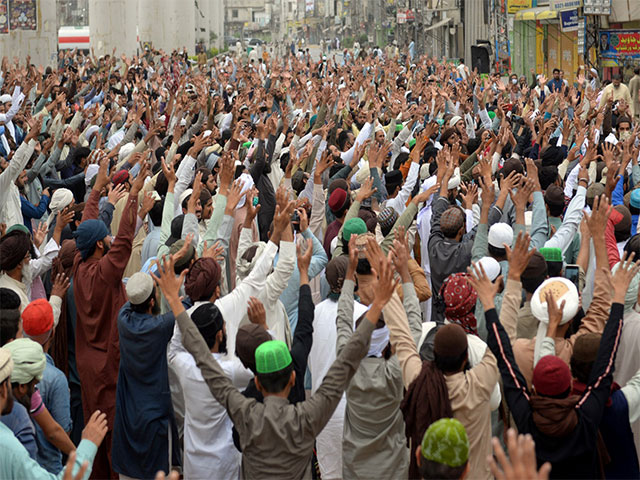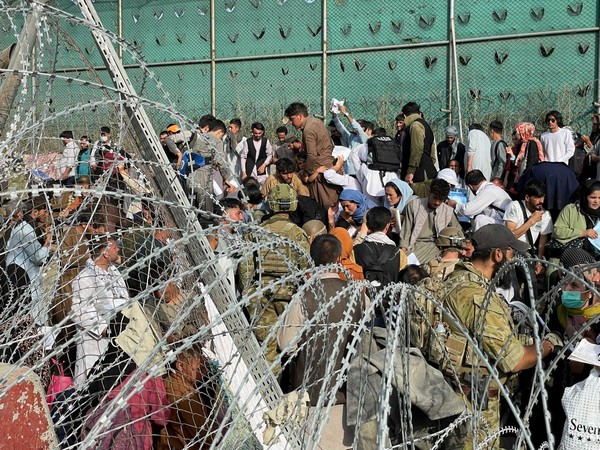
Doha [Qatar], August 28 (ANI): Twenty years of military action by the United States and its international partners aimed at stamping out terrorism have exacted major tolls on Al Qaeda and the Islamic State, but the Kabul airport blast shows that it can still wreak havoc.
Ben Hubbard, Eric Schmitt and Matthew Rosenberg, writing in The New York Times said that the Kabul airport terror attack demonstrated that they remain a threat.
On Thursday, a suicide bomber and multiple Islamic State – Khorasan (ISIS-K) gunmen killed 13 US service members and at least 169 Afghan civilians in the attack at the Kabul airport.
“I can’t tell you how upsetting and depressing this is,” said Saad Mohseni, the owner of Tolo, one of Afghanistan’s most popular television channels. “It feels like it’s back to business as usual — more bombings, more attacks, except that now we’re going to have to deal with it all under a Taliban regime.”
But both groups have proved able to adapt, terrorism experts say, evolving into more diffuse organizations that continually seek out new global trouble spots to take root and put their violent extremism into action.
The terror attack near the Kabul airport underscored the devastating power these groups still have to inflict mass casualties in spite of the American effort. And they raised haunting questions about whether the Taliban can live up to the central promise they made when the Trump administration agreed in early 2020 to withdraw American forces from the country — that Afghanistan would no longer be a staging ground for attacks against the United States and its allies, said Hubbard, Schmitt and Rosenberg.
The Taliban‘s lightning takeover of the country hardly assures that all militants in Afghanistan are under their control. On the contrary, the Islamic State affiliate in Afghanistan ISIS-K is a bitter, albeit much smaller, rival that has carried out dozens of attacks in Afghanistan this year against civilians, officials and the Taliban themselves, reported The New York Times.
In the months before American forces withdrew, some 8,000 to 10,000 jihadi fighters from Central Asia, the North Caucasus region of Russia, Pakistan and the Xinjiang region in western China poured into Afghanistan, a United Nations report concluded in June. Most are associated with the Taliban or Al Qaeda, which are closely linked.
But others are allied with ISIS-K, presenting a major challenge to the stability and security the Taliban promise to provide for the country. Created six years ago by disaffected Pakistani Taliban fighters, ISIS-K has vastly increased the pace of its attacks this year, the UN report said.
While terrorism experts doubt that ISIS fighters in Afghanistan have the capacity to mount large-scale attacks against the West, many say that the Islamic State is now more dangerous, in more parts of the world than Al Qaeda, said Hubbard, Schmitt and Rosenberg.
The history of the Islamic State shows how difficult it can be to shut down and contain terrorist networks. The group began after the American invasion of Iraq in 2003 as a branch of Al Qaeda but later broke away, establishing a so-called caliphate, an Islamic theocracy, in large parts of Iraq and Syria that at its peak was the size of Britain, added Hubbard, Schmitt and Rosenberg.
The group’s extremist vision for global expansion, extensive use of social media and cinematic violence drew in fighters from around the world, inspiring deadly attacks in Arab, European and American cities, and spurring the United States to form an international coalition to combat it, reported The New York Times.
Meanwhile, Al Qaeda has changed substantially as well since Osama bin Laden oversaw the organization and spread his views via videotaped statements delivered to television stations.
It, too, established affiliates, in Yemen, Iraq, Syria and parts of Africa and Asia, some of which modified, or even discarded, the group’s ideology in pursuit of local goals. The group’s current leader, Ayman al-Zawahri, is elderly and believed to be ailing and living somewhere in Afghanistan, after failing to match Bin Laden’s stature among Islamic radicals, reported The New York Times.
In general, Al Qaeda did not maintain the same operational control over its affiliates as the Islamic State did, which may have given the latter advantage, said Hassan Hassan, the co-author of a book about the Islamic State and the editor in chief of Newlines Magazine.
ISIS also terrified cities around the world with its call for so-called lone-wolf attacks, in which a jihadist with no orders from the group’s commanders would record a video pledging allegiance to the group’s leader and then carry out atrocities. The central group would then publicize and support the attacks.
The two groups remain bitter foes, compete for recruits and financing and have fought directly against each other, in Afghanistan, Syria and elsewhere.
Afghanistan could now become their primary battlefield, as the United States withdraws its troops and the Taliban extend their control, said Hubbard, Schmitt and Rosenberg.
ISIS-K in Afghanistan trying to turn US exit into bloody spectacle

ISIS-Khorasan, the Islamic State’s Afghanistan and Pakistan arm, the group behind the Kabul airport attack is trying to turn the Biden administration’s exit into a bloody spectacle.
Hannah Allam and Souad Mekhennet, writing in The Washington Post said that for months, terrorism analysts warned that Islamic State-linked terrorists in Afghanistan would try to turn the Biden administration’s exit into a bloody spectacle.
On Thursday, a suicide bomber and multiple ISIS-K gunmen killed 13 US service members and at least 169 Afghan civilians in the attack at the Kabul airport.
With its signature blend of complexity and cruelty, the attack was seen by many observers as a reminder to the Americans and the Taliban that, no matter who was in the presidential palace, Afghanistan would remain contested, said Allam and Mekhennet.
Amira Jadoon, an assistant professor at the US Military Academy, has written extensively about ISIS-K, arguing that an unconditional US withdrawal and Taliban takeover would bring about “the most permissive” environment for the group to operate.
“And this is what we are seeing now,” Jadoon said. “ISK’s main goal right now is to stay politically relevant, disrupt efforts to stabilize the country, and also undermine the Afghan Taliban’s credibility.”
In the hours before the attack, US and Western governments warned of a specific threat related to ISIS-K and urged people to stay away from the airport. But the crowds returned Thursday, taking their chances before the evacuation window closed for good, reported The Washington Post.
In a speech from the White House on Thursday evening, President Biden blamed the Islamic State and addressed the attackers directly: “We will not forgive, we will not forget, we will hunt you down and make you pay.”
An August 17 US Defense Department report said, “ISIS-Khorasan exploited the political instability and rise in violence” from April through June “by attacking minority sectarian targets and infrastructure to spread fear and highlight the Afghan government’s inability to provide adequate security.”
“The blast at the airport today is showing that unfortunately, a very bloody future is ahead of us,” said an Arab intelligence official, who spoke on the condition of anonymity because they were not authorized to be interviewed, reported The Washington Post.
ISIS-K began operating in Afghanistan in 2015, according to a report by the Center for Strategic and International Studies.
Started in 2014 by Pakistani national Hafiz Saeed Khan, who pledged allegiance to the Islamic State’s former leader, Abu Bakr al-Baghdadi, it was a small band of mostly Pakistani militants operating in the eastern Afghanistan province of Nangarhar.
Some recruits came from the Taliban, though members of other extremist groups in the region also defected to the Khorasan group, according to the CSIS report.
As with other Islamic State affiliates, ISIS-K has stayed nimble and able to regroup after military blows. The founder died in a US airstrike in 2016, according to CSIS.
But, the United Nations estimates that ISIS-K retains a core group of some 1,500 to 2,200 fighters in Afghanistan‘s Konar and Nangarhar provinces. Smaller cells are scattered across the country, said Allam and Mekhennet.
Attacks like the one at the airport are why armed groups are preparing for internecine battles, said an Afghan militant with ties to the Taliban and Al-Qaeda, who spoke on the condition that he be identified only by a nom de guerre, “Abu Muhammad”.
He also said that the terror attack at Kabul airport was “a punishment also for all those who want to leave Afghanistan to go and live in the West”.
Jadoon, the US Military Academy academic, and co-author Abdul Sayed reported in March that ISIS-K had claimed responsibility for 47 attacks in the first two months of 2021, comparable to the group’s peak years of 2017 and 2018, when it was linked to 100 and 84 attacks, respectively.
Jadoon said ISIS-K is probably contemplating a number of ways to take advantage of the fluid situation in Afghanistan right now.
She said three areas to watch are the group’s efforts to recruit from the Taliban and other terrorist groups, prison-break operations to free fighters and attempts to carve out strongholds in Nangarhar and Konar in order to stop the spread of ISIS-K. (ANI)



